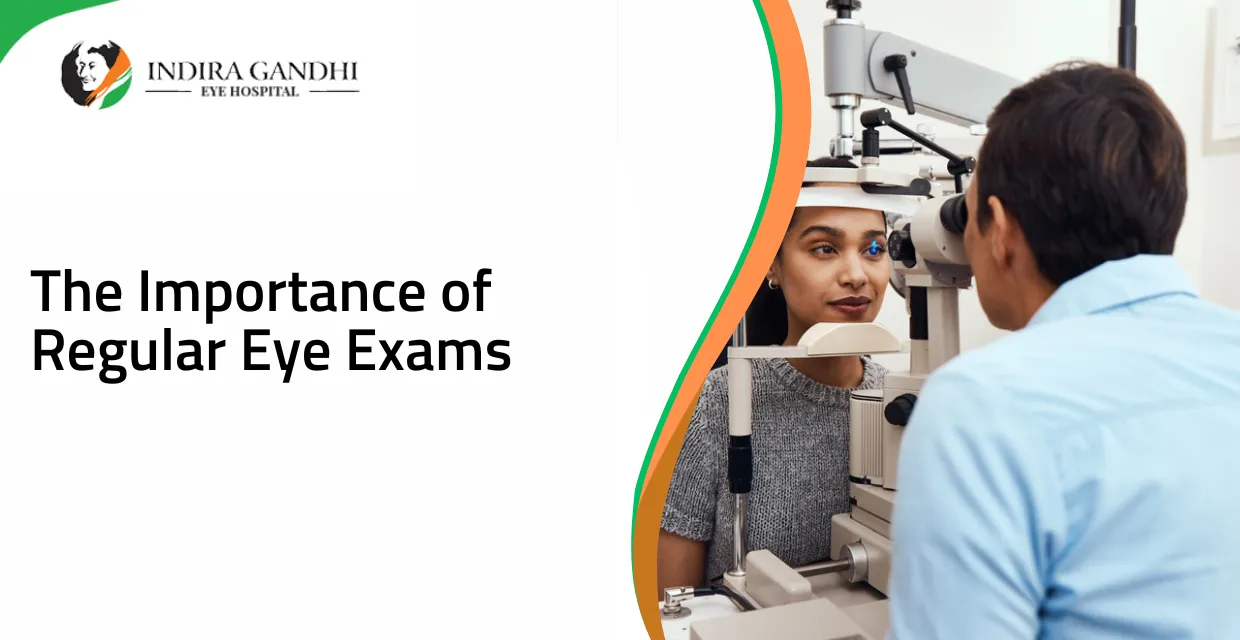Understanding your eyeglass or contact lens prescription
If you have recently been to an eye doctor, chances are you were given an eyeglass or contact lens prescription. But what do all those numbers and symbols mean? Understanding your eyeglass or contact lens prescription can help you make informed decisions about your eyewear and ensure you have the best vision possible.
First, let's start with the basics. Your eyeglass or contact lens prescription consists of several pieces of information, including your:
Sphere (SPH) - This measures the amount of nearsightedness or farsightedness you have. If you are nearsighted, you will have a negative sphere value. If you are farsighted, you will have a positive sphere value.
Cylinder (CYL) - This measures the amount of astigmatism or the curvature of your eye. If you have astigmatism, you will have a cylinder value.
Axis - This is the angle at which your cylinder value is measured.
Add (ADD) - This is an additional value only included in prescriptions for multifocal lenses (such as bifocals or trifocals). It measures the power needed for the reading portion of the lens.
In addition to these values, your prescription may also include a "prism" value. This measures the prismatic power needed to correct eye muscle imbalances.
Now that you understand the different parts of your eyeglass or contact lens prescription let's look at how they work together to improve your vision.
If you have a sphere value in your prescription, you have either nearsightedness or farsightedness. Nearsightedness means that you have trouble seeing objects that are far away, while farsightedness means that you have trouble seeing objects that are close up. Your sphere value will determine the strength of your eyeglass or contact lens prescription.
If you have a cylinder value in your prescription, you have astigmatism. Astigmatism is caused by a curvature of the eye, which can result in distorted vision. Your cylinder value will determine the strength of your eyeglass or contact lens prescription for correcting astigmatism.
Your axis value is the angle at which your cylinder value is measured. It is important to have the correct axis value in your prescription to ensure that your eyeglasses or contacts are properly aligned to correct your astigmatism.
You will also have an added value if you have a multifocal prescription. This value determines the strength of the reading portion of your eyeglass or contact lens prescription.
Finally, your prism value measures the prismatic power needed to correct eye muscle imbalances. This value is only included in prescriptions for certain types of vision problems.
Understanding your eyeglass or contact lens prescription can help you make informed decisions about your eyewear and ensure you have the best vision possible. If you have any questions about your prescription, don't hesitate to ask your eye doctor for clarification. At Indira Gandhi Eye Hospital, our team of experienced eye doctors is dedicated to helping you achieve the clear, comfortable vision.



